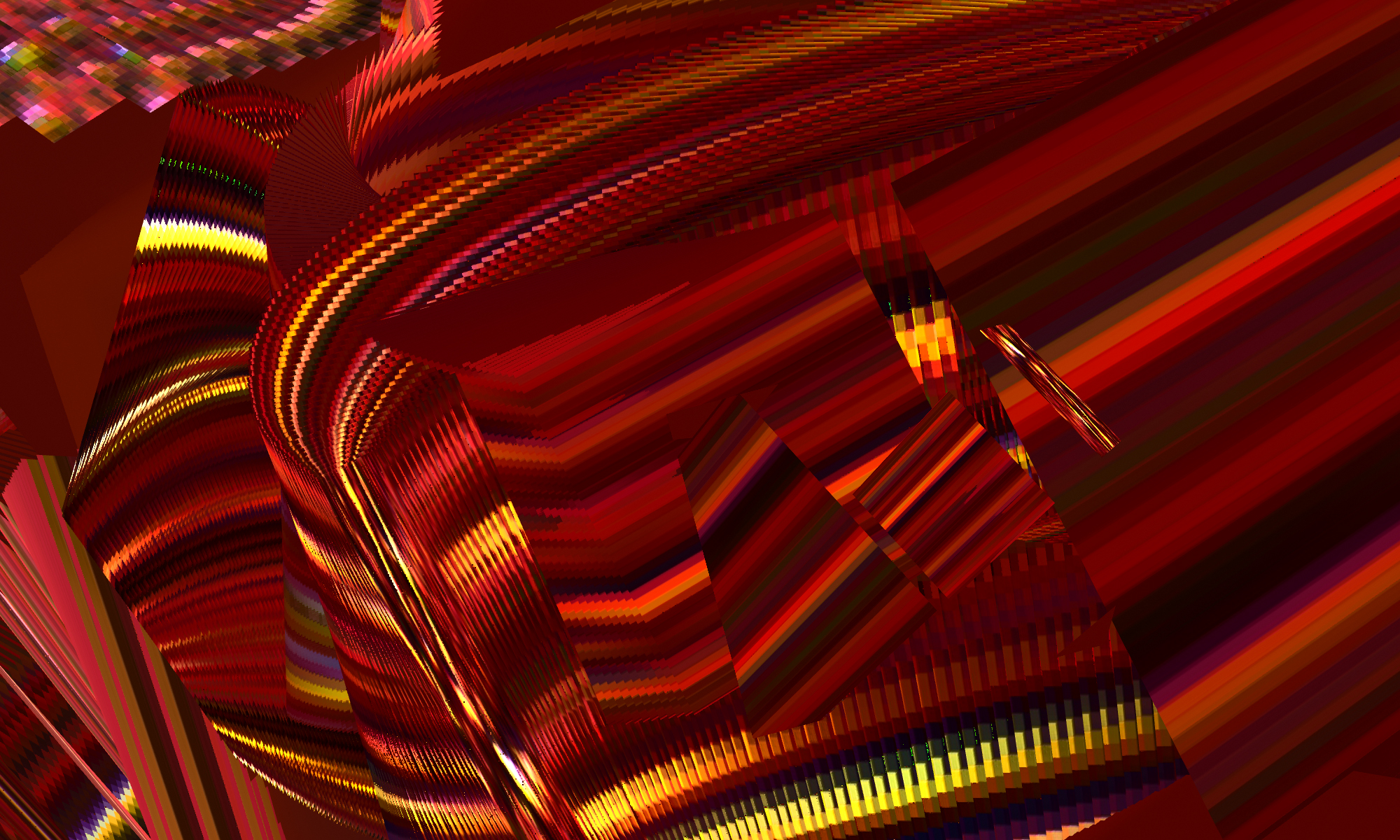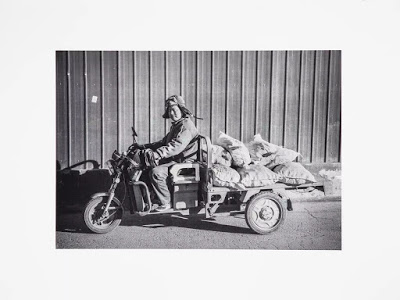
–>Short Bio
Born Heidelberg Germany, 1958
Joseph Scheer is a Fulbright Scholar, Professor of Print Media, and Co-Director/Founder of the Institute for Electronic Arts at the School of Art and Design, Alfred University, New York. His current works, which span print media, video, and web-based projects, use technology to re-examine nature through interpretive collecting and visual recording. His work is in numerous international collections. This past summer a large selection of his work was featured in China’s First Printmaking Festival and Exhibition, Guanlan Museum of Printmaking, Guanlan, China, and the POP Gallery, Queensland College of Art, Grifth University, Brisbane, Australia. Other recent exhibitions have taken place at The Yantai Museum of Art, Yantai, China the National Museum of China, Beijing, and T+H Gallery Boston, MA. A recent show that traveled to four major museums in Sweden was comprised of 100 large format prints.
阿尔弗雷德大学电子艺术学院副主任
1958年出生于德国海德堡
约瑟夫•舍尔是一名富布莱特学者,平面媒体教授,纽约阿尔弗雷德大学电子艺术学院副主任、创始人。他目前的作品横跨平面媒体、视频及基于网页的作品。这些作品运用一定技术通过解释性的收集和视觉性的记录来重新审视自然。他的作品被许多国际机构所收藏。去年夏天,他的作品被大量选入中国首届版画艺术节展览、中国观澜版画博物馆、流行艺术画廊、澳大利亚布里斯班格里菲斯大学昆士兰艺术学院。其他的一些近期作品也在中国烟台艺术博物馆、中国国家博物馆、波士顿画廊。另一个远赴瑞典四大博物馆参展的近期作品是由100张大幅面的照片组成。
–> The body of work consisting of prints and video produced over the past decade is collectively called “Imaging Biodiversity”. It is about seeing the things that live on our planet in a particularly intense way. This happens by using extreme resolution, extended focus, and enlargements through scanning and HD Video that are the critical technical elements of my working process. Coming from a printmaking/print media background, handmade papers are the preferred carriers of the images produced. The technology of the time has always been the main driver of printing techniques from the past to the present and today there are more available to the artist than ever before. The images have generated great interest in the scientific community and so it was inevitable that my work would involve the science of the creatures themselves: taxonomy, biogeography, ecology, and even such knowledge as botany. More and more, I have been inspired to see larger meanings for what I do: explorations of places where science and art intersect and how the social aspects of awareness and appreciation affect what we choose to preserve or protect in this world. My work bridges the gap between aesthetics and technology—between the public spectacle of art and the more esoteric world of scientific research. Joseph Scheer
在过去十年中,印刷品和录像作品的主体被统称为”成像生物多样性”。它是关于目睹的事物,这些事物以一种特别强烈的方式生活在我们星球上。这是通过使用极端的分辨率,扩展的焦点和通过扫描和高清视频放大物,是我的工作过程中的关键技术因素。由于版画或平面媒体的背景,手工制作的纸制品是首选的图像生成载体。从过去到现在,当时的技术一直是印刷技术的主要驱动力。相对于过去现如今有更多技术可供艺术家使用。这些图像对科学界产生了极大的兴趣,因此我的工作不可避免地会涉及生物本身的科学:分类学、地理、地理学、生态学甚至是植物学等知识。我得到越来越多的启发,看到我所做的事情的更大意义:探索科学和艺术相交的地方,以及社会方面的认识和品味将如何影响我们在这个世界上选择保护或保护的东西。我的作品弥合了美学与技术之间的鸿沟—艺术的公共奇观和更深奥的科学研究世界的鸿沟














